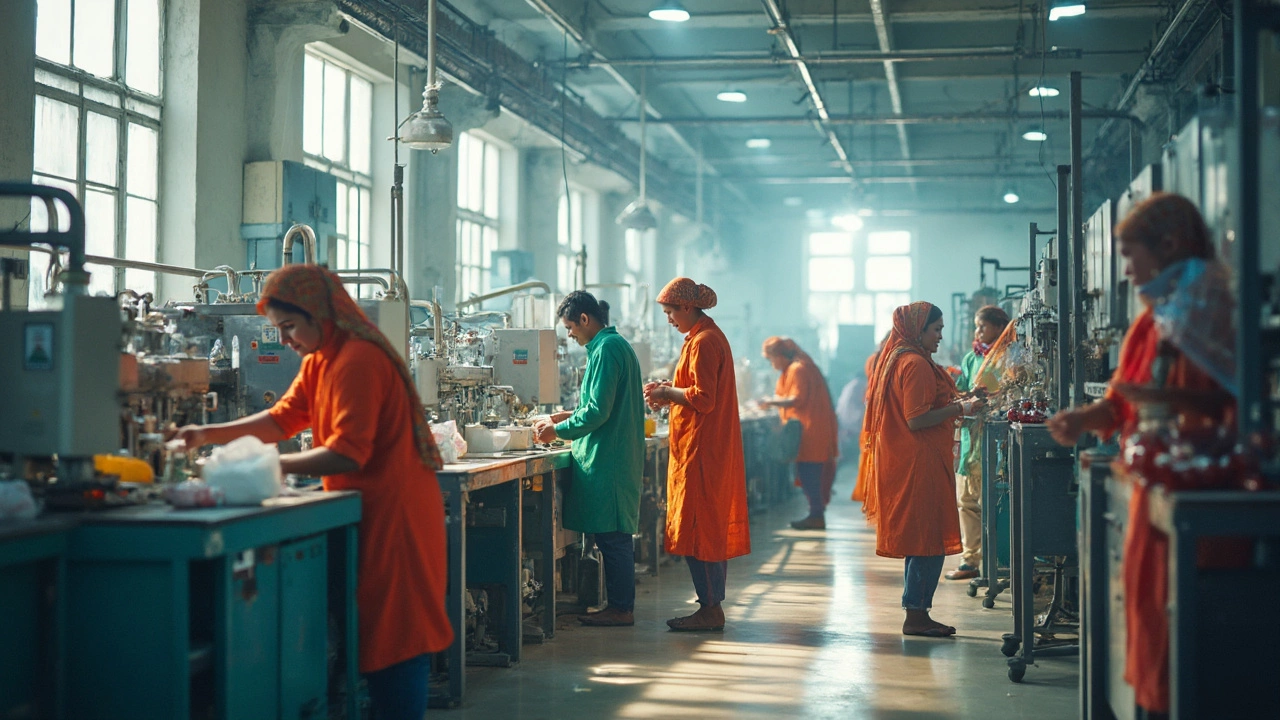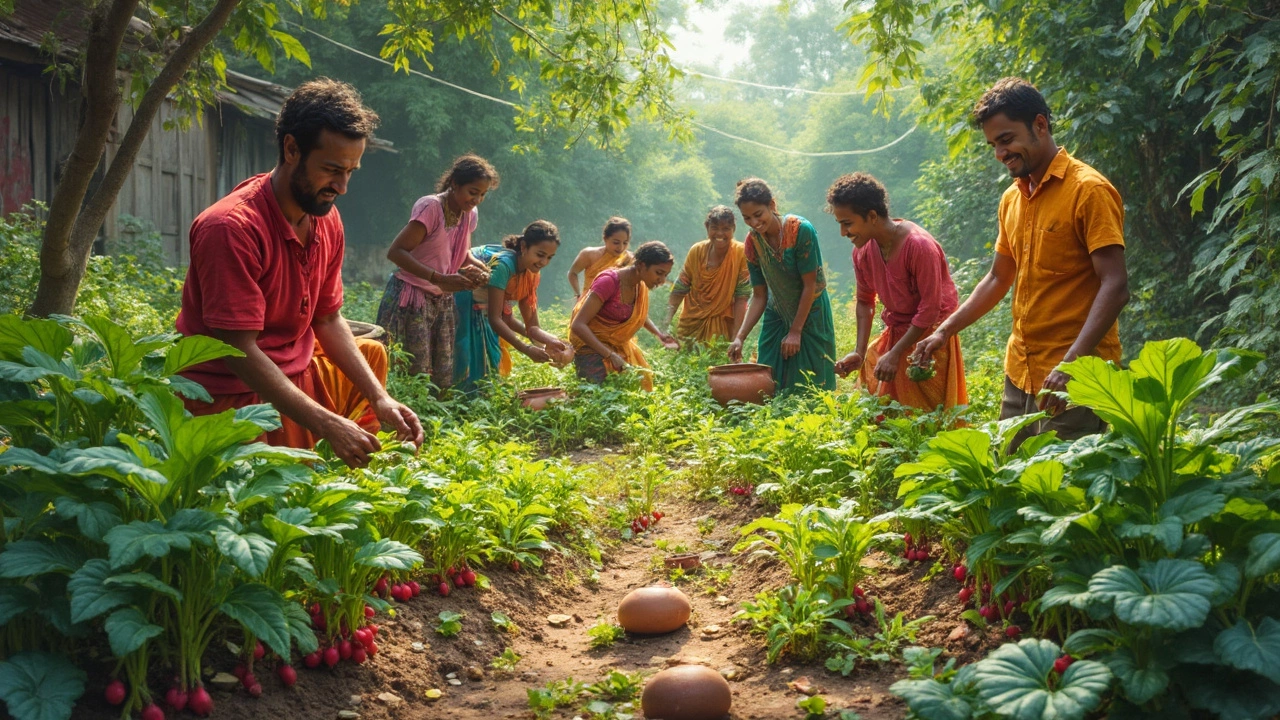Indian Pharmaceutical Industry – Overview and Key Insights
When exploring Indian pharmaceutical industry, the sector that creates medicines, vaccines, and health‑care products across the sub‑continent. Also known as India's pharma sector, it fuels both local health needs and worldwide drug supplies. The industry relies on robust pharmaceutical manufacturing to turn raw chemicals into safe, effective medicines, and it draws strength from historic pioneers such as Bengal Chemicals, India's oldest pharma company that pioneered modern drug production in the early 20th century. At the same time, global pharma leaders like Pfizer, a multinational that sets standards for R&D, quality, and market reach influence Indian practices through partnerships and technology transfer. These connections form a clear pattern: the Indian pharmaceutical industry encompasses drug production, requires advanced manufacturing, and is shaped by both legacy firms and international giants.
How Manufacturing, History, and Global Players Interact
First, pharmaceutical manufacturing, the series of steps that convert active ingredients into finished dosage forms acts as the engine of the sector. Modern plants use continuous flow reactors, quality‑by‑design approaches, and automation to meet both Indian regulations and the stricter standards of export markets. Second, the legacy of Bengal Chemicals illustrates how a single company can set a national tone: by surviving colonial rule, embracing indigenization, and investing in R&D, it showed that Indian firms could compete globally. Third, the presence of global pharma leaders, companies that dominate worldwide sales and set industry benchmarks brings in best‑practice standards, encourages joint ventures, and opens export channels for Indian-made generics. The triple relationship—manufacturing fuels production, history provides credibility, and global leaders push innovation—creates a resilient ecosystem that can adapt to new health challenges, from COVID‑19 vaccines to antimicrobial resistance.
What does this mean for you, the reader? Below you’ll find a curated collection of articles that dig deeper into each piece of the puzzle. Want to know which country tops pharma output, or how Bengal Chemicals survived three centuries? Curious about the latest manufacturing tech that Indian plants are adopting? The posts ahead cover everything from global rankings to practical tips for manufacturers, giving you both the big picture and actionable details. Dive in to see how the Indian pharmaceutical industry stays competitive, why its history matters, and what future trends are set to reshape the market.
Why Are Drugs Cheaper in India? Unpacking the Cost Difference
In India, the cost of drugs is noticeably lower than in many other countries. A combination of factors including local manufacturing, a competitive market, and government regulations contribute to this price difference. Understanding these elements can provide insights into the global pharmaceutical industry's dynamics. Explore how India achieves affordable drug pricing and what makes its pharmaceutical industry unique.
- manufacturing
- India
- food processing
- garden tips
- rice cultivation
- government schemes
- balcony garden
- urban gardening
- balcony gardening
- profitable business
- business ideas
- plastic manufacturing
- drip irrigation
- plant care
- steel manufacturing
- sustainable gardening
- startup ideas
- steel industry
- flower gardening
- textile manufacturers






